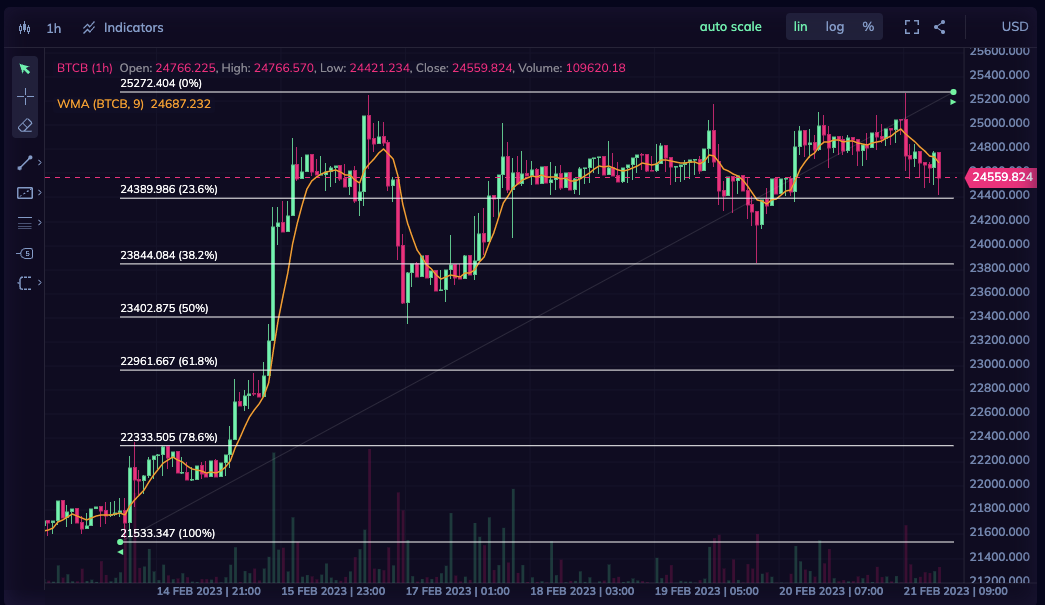What is Staking and Farming in Crypto?
Staking and farming are two popular concepts in the world of cryptocurrency that allow users to earn rewards for holding and contributing to the network. In this article, we will provide a detailed explanation of staking and farming, their history, examples, how they work, and how to use them.

Staking and farming are two popular concepts in the world of cryptocurrency that allow users to earn rewards for holding and contributing to the network. In this article, we will provide a detailed explanation of staking and farming, their history, examples, how they work, and how to use them, as well as the potential profits and risks involved.
What is Staking in Crypto?
Staking in crypto refers to the process of holding a certain amount of cryptocurrency in a digital wallet to support the network's operations. By staking their cryptocurrency, users can earn rewards for helping to validate transactions and secure the network. The rewards are often paid out in the form of additional cryptocurrency.
Staking has become increasingly popular as more cryptocurrencies have transitioned from proof-of-work (PoW) to proof-of-stake (PoS) consensus algorithms. PoS requires users to hold a certain amount of cryptocurrency as collateral to participate in the network's validation process.
What is Farming in Crypto?
Farming in crypto refers to the process of contributing liquidity to a decentralized finance (DeFi) platform in exchange for rewards. Users can contribute their cryptocurrency to a liquidity pool, which is used to facilitate transactions on the platform. In exchange for contributing liquidity, users earn rewards in the form of additional cryptocurrency.
Farming has become increasingly popular as DeFi has gained popularity in the crypto community. DeFi platforms allow users to borrow, lend, and trade cryptocurrency without relying on centralized intermediaries, which has led to significant growth in the industry.
How Staking and Farming Work
Staking and farming work by incentivizing users to contribute to the network or platform. By holding cryptocurrency or contributing liquidity, users help to validate transactions, secure the network, and facilitate transactions on the platform.
In the case of staking, users can contribute their cryptocurrency to a validator node or delegate their stake to a validator. The validator node then uses the stake to participate in the network's validation process, and the user earns rewards for their contribution.
In the case of farming, users can contribute their cryptocurrency to a liquidity pool on a DeFi platform. The platform then uses the liquidity pool to facilitate transactions, and the user earns rewards for their contribution. The rewards are often paid out in the form of additional cryptocurrency or platform tokens.
How to Use Staking and Farming
To use staking and farming, users need to have a digital wallet that supports the particular cryptocurrency they want to stake or farm. They can then contribute their cryptocurrency to a validator node or liquidity pool, and start earning rewards.
Users should also consider the potential risks involved in staking and farming, including the possibility of losing their cryptocurrency if the network or platform is compromised. It's important to do thorough research and understand the risks before getting involved in staking or farming.
Potential Profits and Risks of Staking and Farming
The potential profits of staking and farming can vary depending on the cryptocurrency, network, or platform. However, in general, staking and farming can provide a passive income stream for users who hold cryptocurrency.
The potential risks of staking and farming include the possibility of losing the staked or farmed cryptocurrency if the network or platform is compromised. There is also the risk of market volatility, as the value of the cryptocurrency can fluctuate over time.
In conclusion, staking and farming are two popular concepts in the world of cryptocurrency that allow users to earn rewards for holding and contributing to the network. Staking involves holding cryptocurrency as collateral to participate in the network's validation process, while farming involves contributing liquidity to a DeFi platform in exchange for rewards. Both staking and farming have the potential for profits, but also involve risks that should be carefully considered before getting involved.




